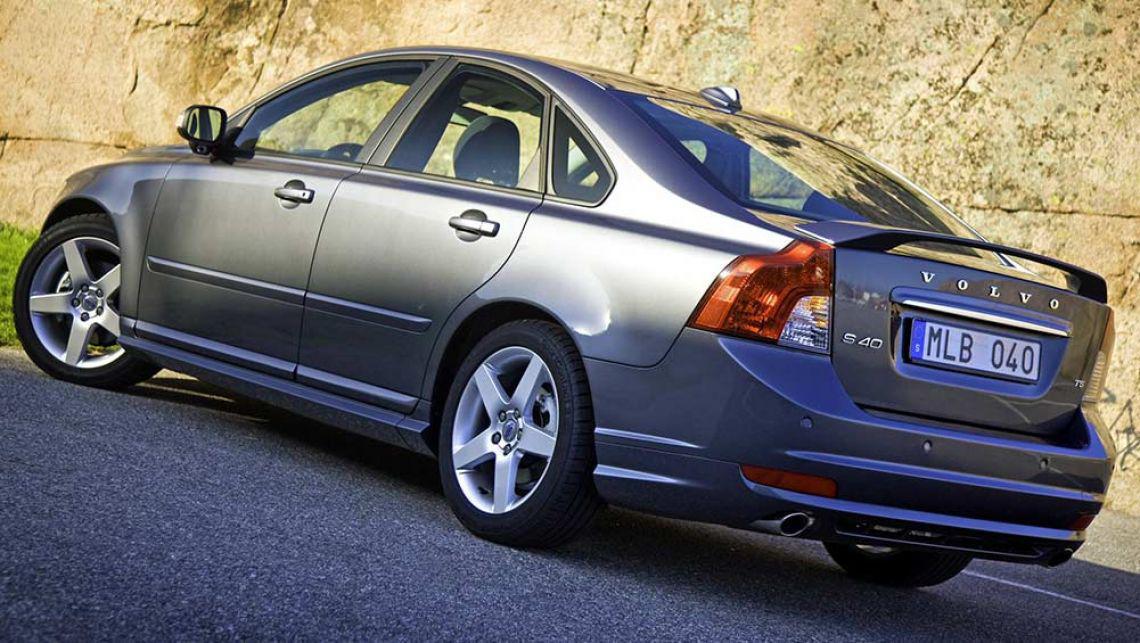Honda HR-V
The Honda HR-V is a subcompact crossover SUV produced by Honda spanning two generations. The very first generation HR-V was based on the Honda Logo and sold in Japan and selective Asia-Pacific markets inbetween one thousand nine hundred ninety nine and 2006. The 2nd generation HR-V was based on third-generation Honda Fit and went on sale in North America, Australia, Brazil, and selective Asian markets in 2015. The 2nd generation HR-V was largely identical to the JDM Vezel which went on sale in late 2013.
The abbreviation HR-V, according to Honda’s HR-V history website, [1] officially stands for Hi-rider Revolutionary Vehicle, while the other stands for Hip and Clever Runabout Vehicle. [Two] The HR-V was introduced to cater for the request for vehicles with the benefits of SUVs (in particular its larger cousin CR-V), such as enlargened cargo room and higher visibility, along with the maneuverability, spectacle and fuel economy of a smaller car.
Contents
five door wagon (GH3 & GH4)
Real Time AWD (GH2 & GH4)
Two,450 mm (96.Five in) (5-door)
Four,110 mm (161.8 in) (5-door)
The HR-V was built on the supermini platform used by the Honda Logo, while the larger CR-V was built on the Civic platform. Known as one of the earliest low emissions vehicles (in terms of nitrogen oxides) and unique character.
Designed as the "Wild and Joyfull J-WJ" concept vehicle and exhibited at the Tokyo Motor Showcase in 1997, the HR-V emerged as a futuristic and lightweight cross-country vehicle in 1998, off the hook to Honda dealership network called Honda Verno in Japan. The Honda HR-V was soon put into production due to its popularity, compliance with Japanese Government dimension regulations, and marketed toward a junior demographic as the "Joy Machine" in 1999. The HR-V was shipped to Europe with either a Honda D16W1 type 1.6L SOHC or a four-wheel drive SOHC VTEC Honda D16W5 type engine. An automatic continuously variable transmission gearbox was also an engine option, however, the main criticism of the HR-V was the lack of a diesel engine option. The three door versions were discontinued in two thousand three and five door versions in 2006.
The Real Time 4WD system comes from the CR-V and utilizes a dual hydraulic pump rear differential, where the 4WD system is hydraulically activated when the front wheels lose traction. The HR-V also uses enhanced drive shafts and suspension. Variations were produced for Australia, Fresh Zealand, the Philippines, the Pacific Rim and for its home market of Japan. The HR-V was revised in two thousand two with some exterior styling switches and a fresh interior. Ahead of its time in terms of design for pedestrian safety, the HR-V seats four people and includes modern safety features such as Six pack brakes with EBD (electronic brakeforce distribution), dual SRS (supplemental restraint system) airbags, as well as other features such as electrified mirrors, electrical windows, folding rear seats, power steering, fever absorbing windows, air conditioning, front fog lights and a rear spoiler housing an LED brake light array.
Gurgaon, India (Honda Automobile India)
The second-generation Honda HR-V debuted at the two thousand fourteen Fresh York Auto Showcase as a concept car, with the production model unveiled later at the two thousand fourteen LA Auto Showcase. The HR-V was introduced in the United States in two thousand fifteen as a two thousand sixteen model. It shares the same platform as the third-generation Fit and is largely identical to the Vezel, which went on sale in Japan in December 2013. HR-V will be smaller than both CR-V and Pilot, again (after the demise of Element) providing Honda a model range with three SUVs. [Trio]
The US-market HR-V is manufactured at Honda’s Celaya, Mexico assembly plant alongside Fit and went on sale in May two thousand fifteen as a two thousand sixteen model. It is powered by a 1.8-liter SOHC i-VTEC I4 engine mated either to a CVT transmission similar to the Civic or a 6-speed manual transmission (FWD only). Fuel economy for front-wheel drive (FWD) automatic models is rated at 28/35/31 mpg (city/highway/combined) or 27/32/29 mpg for all-wheel drive (AWD) models. [Four]
The HR-V’s assets utilizes 27% ultra-high-strength steel grades, of either of 780, nine hundred eighty or 1,500 MPa yield strength. [Five]
In Asia, the Thailand-market HR-V went on sale in November 2014. It is powered by 1.8-liter engine with four grades namely S, E, E LIMITED and EL. Sales of the HR-V is to be expanded to other Asian markets in 2015. [6] The HR-V was introduced in Taiwan in October two thousand sixteen and it’s only available with the 1.8-litre engine. It comes in three different trim models, the VTi, VTi-S and S, ranging in price from NT$749,000 to 849,000. All models features the CVT transmission, with the VTi featuring six positions (including L) whereas the VTi-S and S comes with five positions, but features manual paddles if the drives wants to take control of the gearing. [7]
The Brazil-market HR-V, assembled locally at Honda’s plant in the state of Sao Paulo and imported from Argentina, went on sale in first-quarter two thousand fifteen as a two thousand sixteen model [ citation needed ] , contesting with the fresh Jeep Renegade, Ford Ecosport and Renault Duster. [8] [9] [Ten] [11] For the very first nine months of 2015, Honda’s production in Brazil was reported to increase by twenty percent as a result of the launch of HR-V compared with a 20% drop for the industry. [12]
